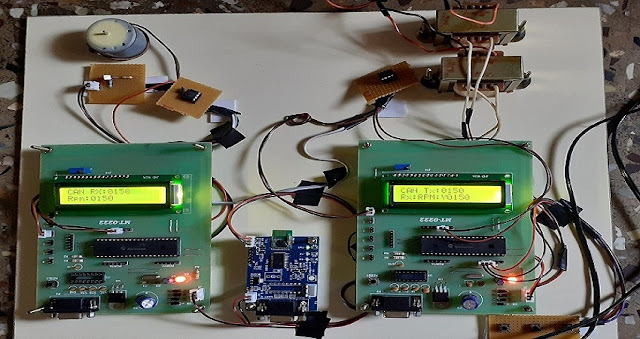[1] Mayur Shinde, Nidhi Pandey, Pritham Shetty, Harsh Umrania &
Prof.Manoj Mishra, International Conference on Innovative and Advanced Technologies in Engineering (March-2018)
[2] Xiuliang Mo1,2, Pengyuan Chen1,2(B), Jianing Wang3, and Chundong Wang1,2 2 Tianjin Key Laboratory of Intelligence Computing and Novel Software Technology, Ministry of Education, Tianjin University of Technology, Tianjin 300384, China 3 Sichuan University, Chengdu 610207, Sichuan, China
[3] Hussain A. Attia*, Shereen Ismail&, Halah Y. Ali# *Department of Electrical, Electronics and Communications Engineering / School of Engineering & Department of Computer Science and Engineering / School of Engineering #Department of Biotechnology / School of Art and Science American University of Ras Al Khaimah, Ras Al Khaimah, UAE.
[4] Nurbaiti Wahid, 2Hairi Zamzuri, 2Mohd Azizi Abdul Rahman, 3Satoshi Kuroda, 3Pongsathorn Raksincharoensak ,Nakacho 2-24-16, Koganei, Tokyo 184-8588, Japan,IEEE 2017.
[5] Erçakır, O.; Kızılırmak, O.; Erol, V. Network Security Issues and Solutions on Vehicular Communication Systems. Preprints 2017, 2017060001doi:10.20944/preprints201706.0001.v1
[6] M. T. Wolf and J. W. Burdick, “Artificial potential functions for highway driving with collision avoidance,” in Robotics and Automation, 2008. ICRA 2008.
IEEE International Conference on. IEEE, 2008, pp. 3731– 3736.
[7] E. Nasr, E. Kfoury and D. Khoury, "An IoT approach to vehicle accident detection, reporting, and navigation," 2016 IEEE International Multidisciplinary
Conference on Engineering Technology (CET), Beirut, 2016, pp. 231-236.
[8] LORA: Loss Differentiation Rate Adaptation Scheme for Vehicle-to-
Vehicle Safety Communications Yuan Yao, Member, IEEE, Xi Chen, Student Member, IEEE, Lei Rao, Member, IEEE, Xue Liu, Member, IEEE, and Xingshe Zhou, Member, IEEE,2016 IEEE.
[9] Weil, T.: VPKI Hits the Highway: Security Communication for the Connected Vehicle Program. IT Professional Magazine, Vol. 19, Issue 1, pp.
59-63, 2017.
[10] S. Pallewatta, P. S. Lakmali, S. Wijewardana, P. Ranathunga,T.
Samarasinghe,andD.Dias,“802.11p: Insights from the MAC and physical layers for a cooperate car following application,” in Proc. EAI International Conference on Intelligent Transport Systems, pp. 226–236, Jul. 2018.


























